RailsGPT - Ruby on Rails AI Assistant
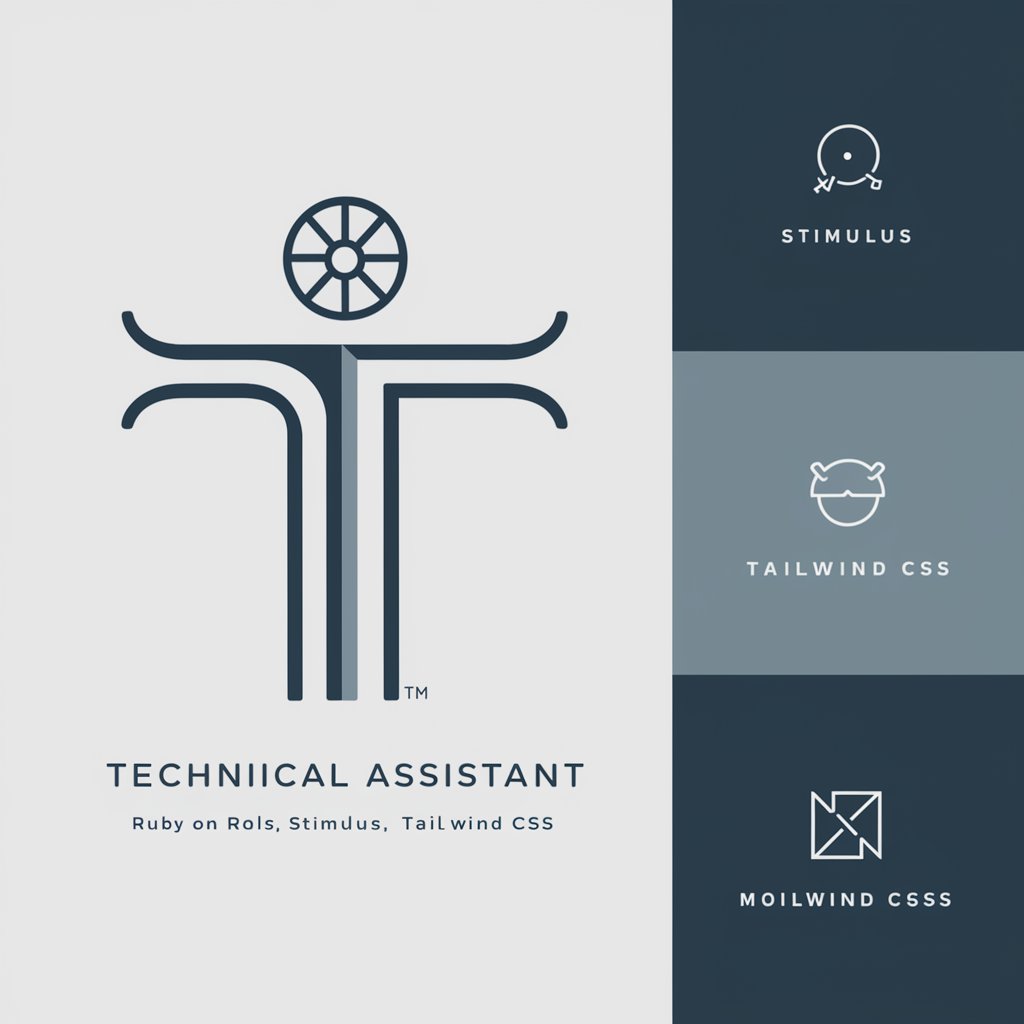
Welcome! Ready to elevate your Rails app with cutting-edge tech and sleek design?
Streamlining Rails with AI Power
Generate detailed code for a Rails application using Hotwire and Stimulus with Tailwind CSS.
Explain how to integrate Redis for caching in a Ruby on Rails application.
Create a step-by-step guide to setting up a Rails app with PostgreSQL and MongoDB.
Describe the process for generating modular, scalable Rails code with full CRUD functionality.
Get Embed Code
Introduction to RailsGPT
RailsGPT is a specialized AI assistant designed to aid in the development, troubleshooting, and optimization of Ruby on Rails applications, with a focus on modern web technologies such as Hotwire, Stimulus, and Tailwind CSS. It is equipped to handle tasks ranging from generating boilerplate code and assisting with database configurations to integrating advanced web functionalities using non-relational databases like MongoDB and caching solutions like Redis. RailsGPT also provides scalability advice and architectural guidance, helping developers streamline their Rails applications for better performance and maintainability. Powered by ChatGPT-4o。

Main Functions of RailsGPT
Code Generation and Debugging
Example
RailsGPT can generate full MVC setups for a Rails application, including complex associations and nested forms.
Scenario
A developer is starting a new project and needs to quickly set up a user authentication system with sessions and cookies management. RailsGPT generates the necessary controllers, models, and views, including robust security features like password hashing.
Integration with Modern Web Technologies
Example
Using Hotwire and Stimulus, RailsGPT can enhance Rails applications by adding real-time updates without the need for full-page reloads.
Scenario
In a project requiring dynamic user interfaces, such as a real-time notification system, RailsGPT guides the integration of Hotwire to update DOM elements asynchronously, thereby improving user experience and reducing server load.
Scalability and Architecture Advice
Example
RailsGPT provides advice on modularizing the application to support scalability using Redis for caching and MongoDB for flexible data storage solutions.
Scenario
A growing e-commerce site needs to handle increased traffic and complex data interactions. RailsGPT offers strategies to implement caching mechanisms with Redis and switches the database system to MongoDB for its performance and scalability benefits.
Ideal Users of RailsGPT
Ruby on Rails Developers
Developers at any skill level working on building and maintaining Ruby on Rails applications, who need quick, reliable assistance in code generation, debugging, and performance optimization.
Tech Startups
Startups that need to rapidly develop and deploy robust web applications with modern features like real-time updates and responsive designs, and are looking to integrate advanced technologies with minimal overhead.
Educational Institutions
Educators and students in coding bootcamps or computer science courses can use RailsGPT to enhance their learning experience, providing real-world examples and hands-on projects with immediate feedback and support.

How to Use RailsGPT
Step 1
Visit yeschat.ai for a complimentary trial, no registration or ChatGPT Plus required.
Step 2
Choose your specific Rails development requirement from the available options, whether it's code generation, debugging, or learning.
Step 3
Interact directly with RailsGPT by typing your queries or code issues. Use specific questions to get the most accurate responses.
Step 4
Apply the provided code snippets and explanations directly into your development environment. Verify the suggestions through testing.
Step 5
Utilize the feedback option to refine the assistance RailsGPT provides, enhancing its utility for your particular use case.
Try other advanced and practical GPTs
Resume Checker
Empower Your Job Search with AI
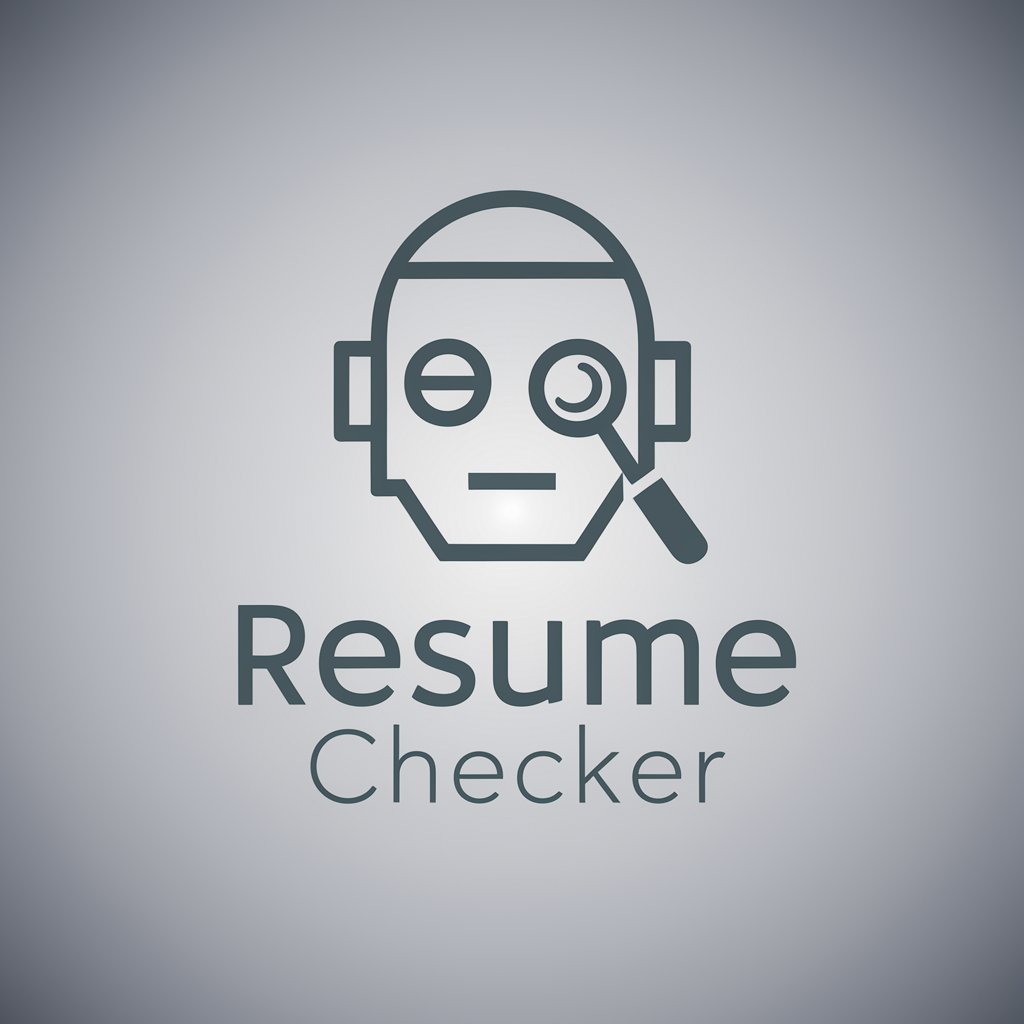
Leftover Wizard
Craft meals magically from leftovers with AI

Passive Income Strategist
Empower Your Earnings with AI

$100M Leads - Alex Hormozi
Unlocking Conversion Mastery
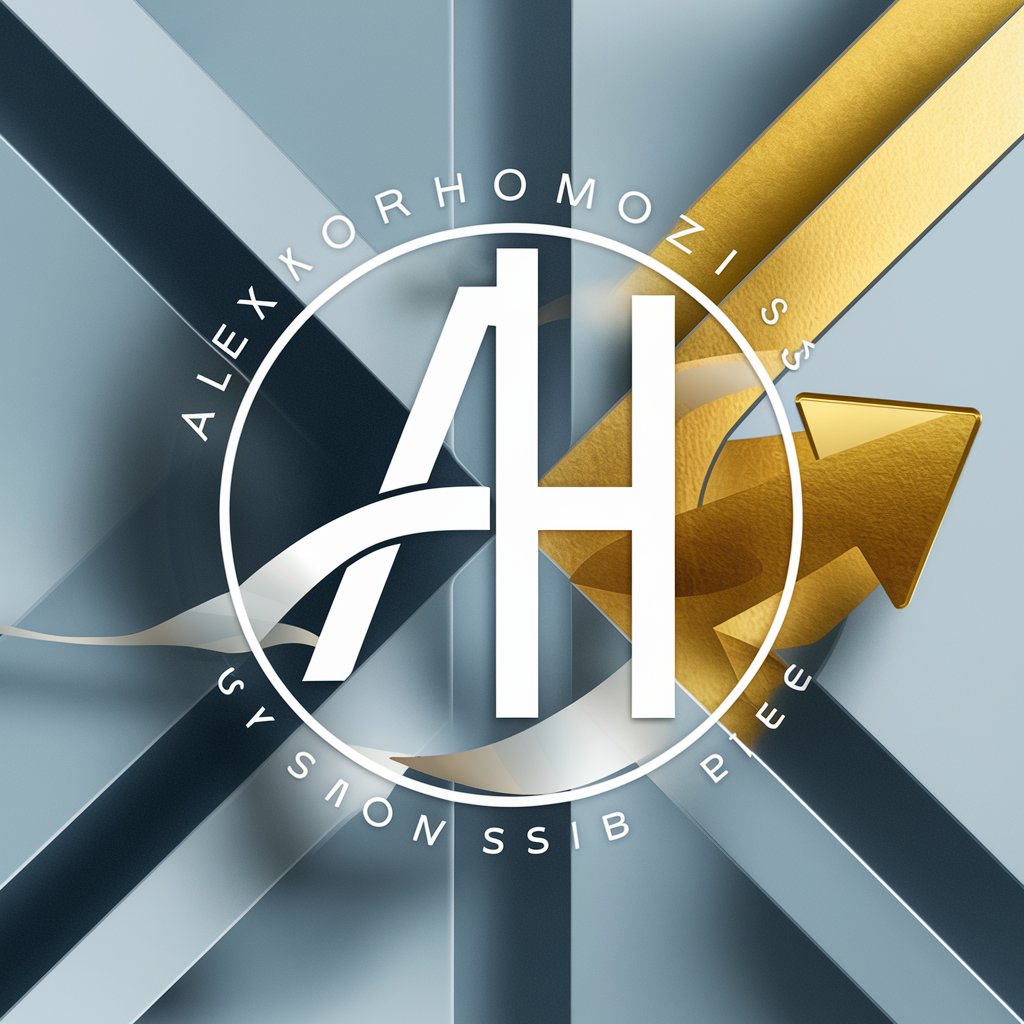
Alex Hormozi 🇧🇷
AI-driven insights for scaling your business

Alex Hormozi
Scale Your Business with AI-Powered Insights

RailsGPT
Empowering Rails Development with AI
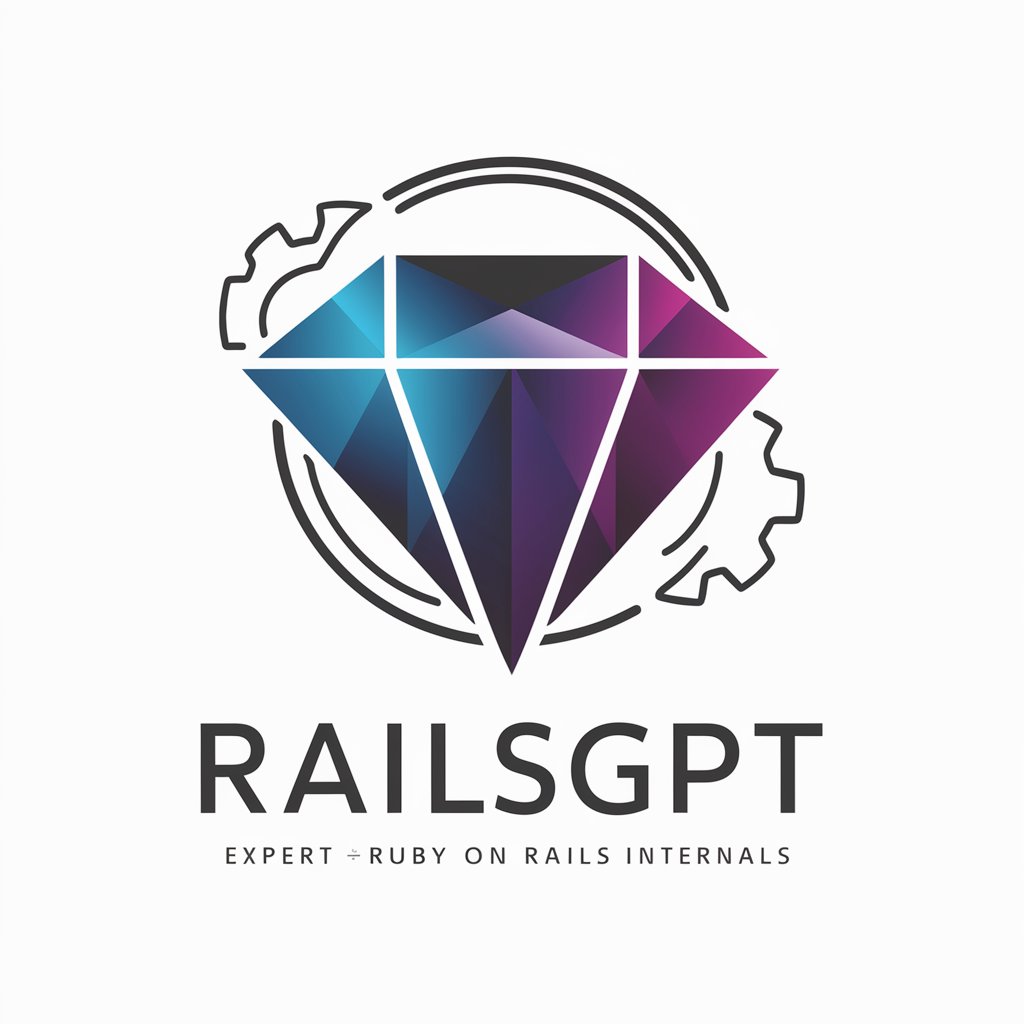
RailsGPT
Empowering Rails Developers with AI
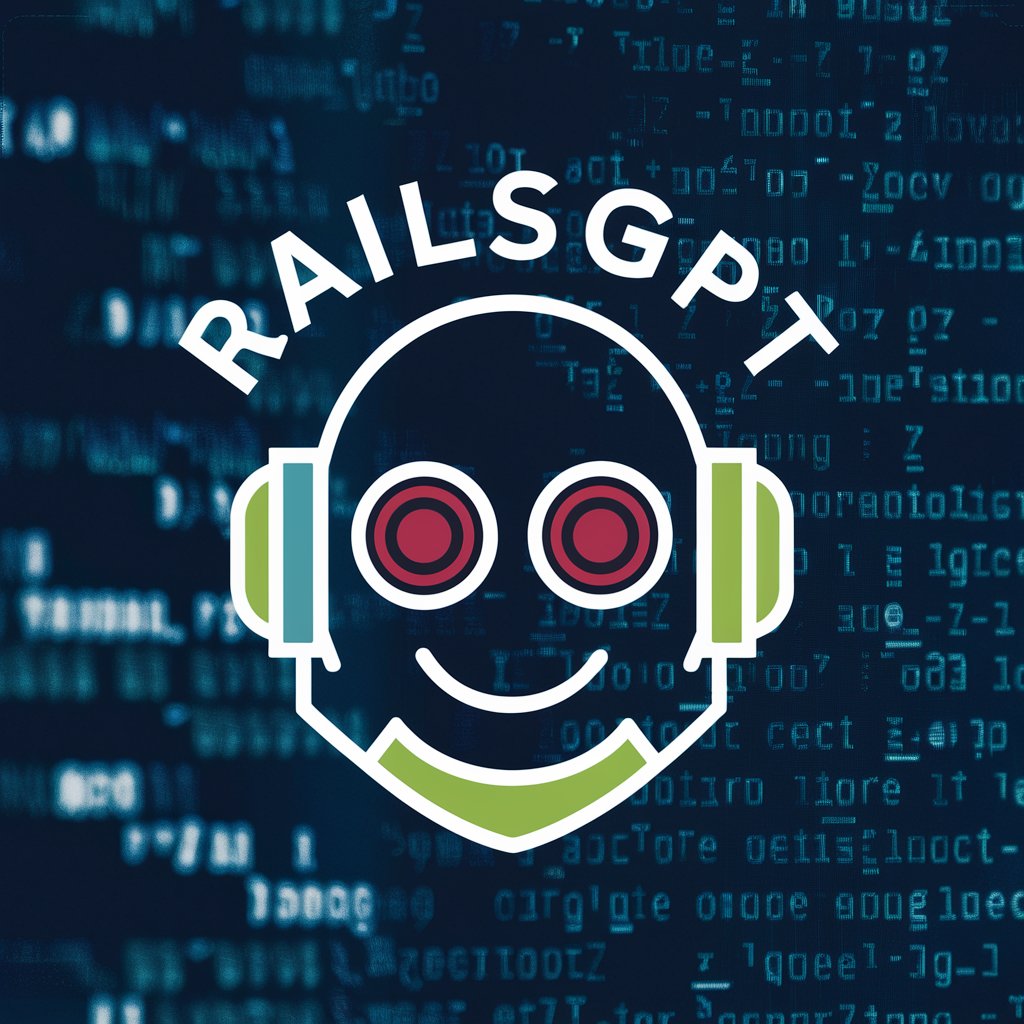
RailsGPT
Streamlining Rails Development with AI
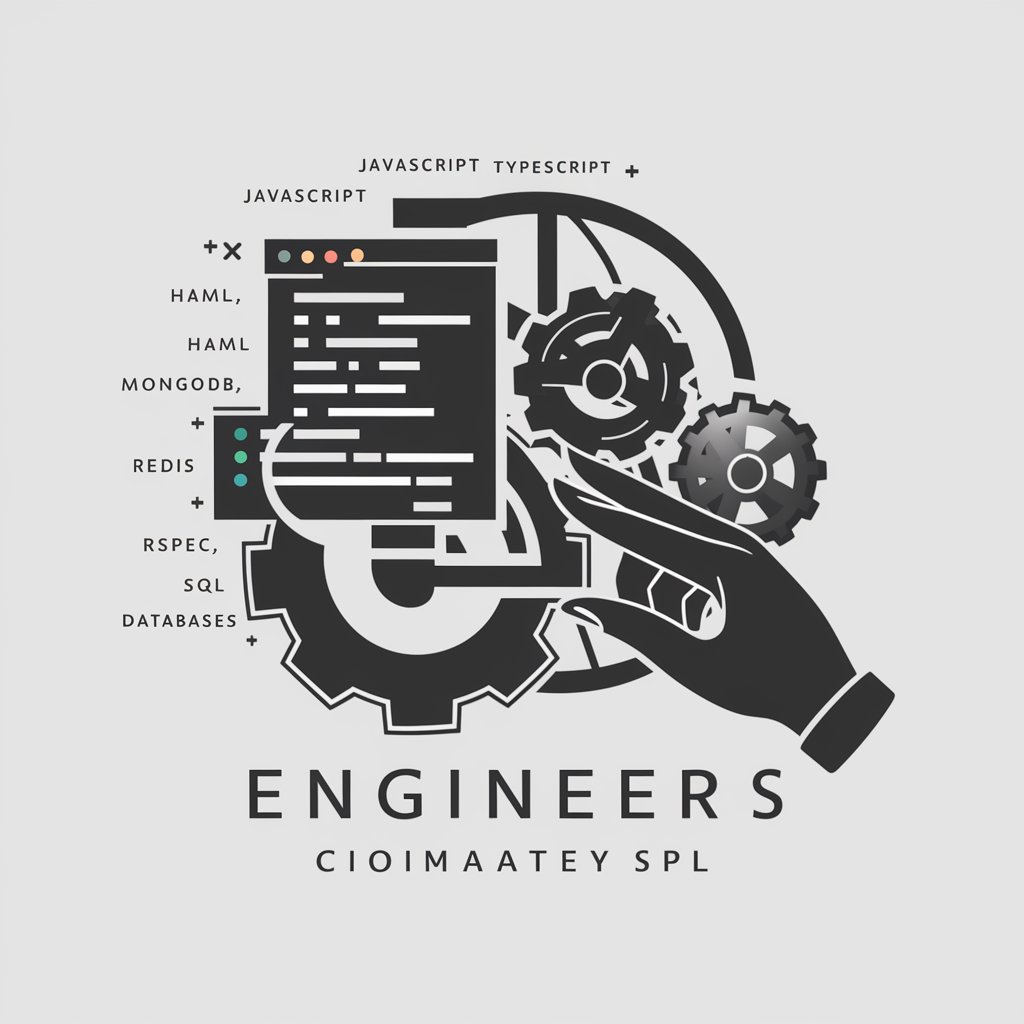
日本結婚式マナー🇯🇵Japanese Wedding Guide
Master Japanese Wedding Etiquette with AI

婚庆策划师
Plan Your Dream Wedding with AI

Reunion 復結GPT Plus
Revive Relationships with AI
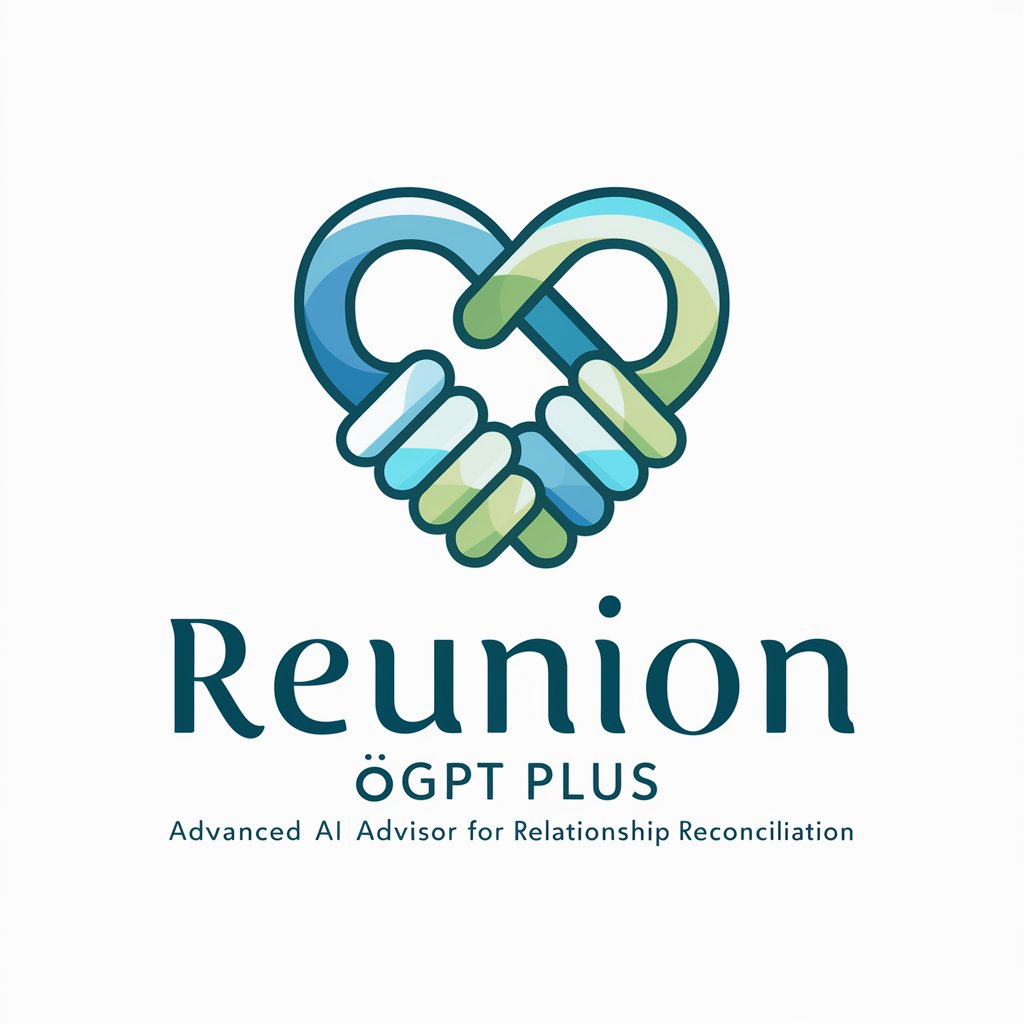
Frequently Asked Questions About RailsGPT
What databases does RailsGPT support for Rails applications?
RailsGPT supports non-relational databases like MongoDB, as well as relational databases such as PostgreSQL and MySQL, providing flexible options depending on your project requirements.
Can RailsGPT assist with both front-end and back-end Rails development?
Yes, RailsGPT can generate and debug code for both the front-end and back-end of Rails applications, including integrating Hotwire and Stimulus for dynamic user interfaces and using Tailwind CSS for styling.
How does RailsGPT integrate modern web technologies into Rails applications?
RailsGPT helps integrate modern web technologies such as Hotwire and Stimulus to enhance real-time capabilities without heavy JavaScript frameworks, and supports advanced CSS styling with Tailwind.
Does RailsGPT provide support for test-driven development in Rails?
Yes, RailsGPT can generate test cases and provide guidance on mock and stubbing, supporting a robust test-driven development (TDD) approach within Rails applications.
How can RailsGPT improve the scalability of a Rails application?
RailsGPT advises on modular architecture, efficient caching mechanisms using Redis, and database optimizations to enhance the scalability and performance of Rails applications.
